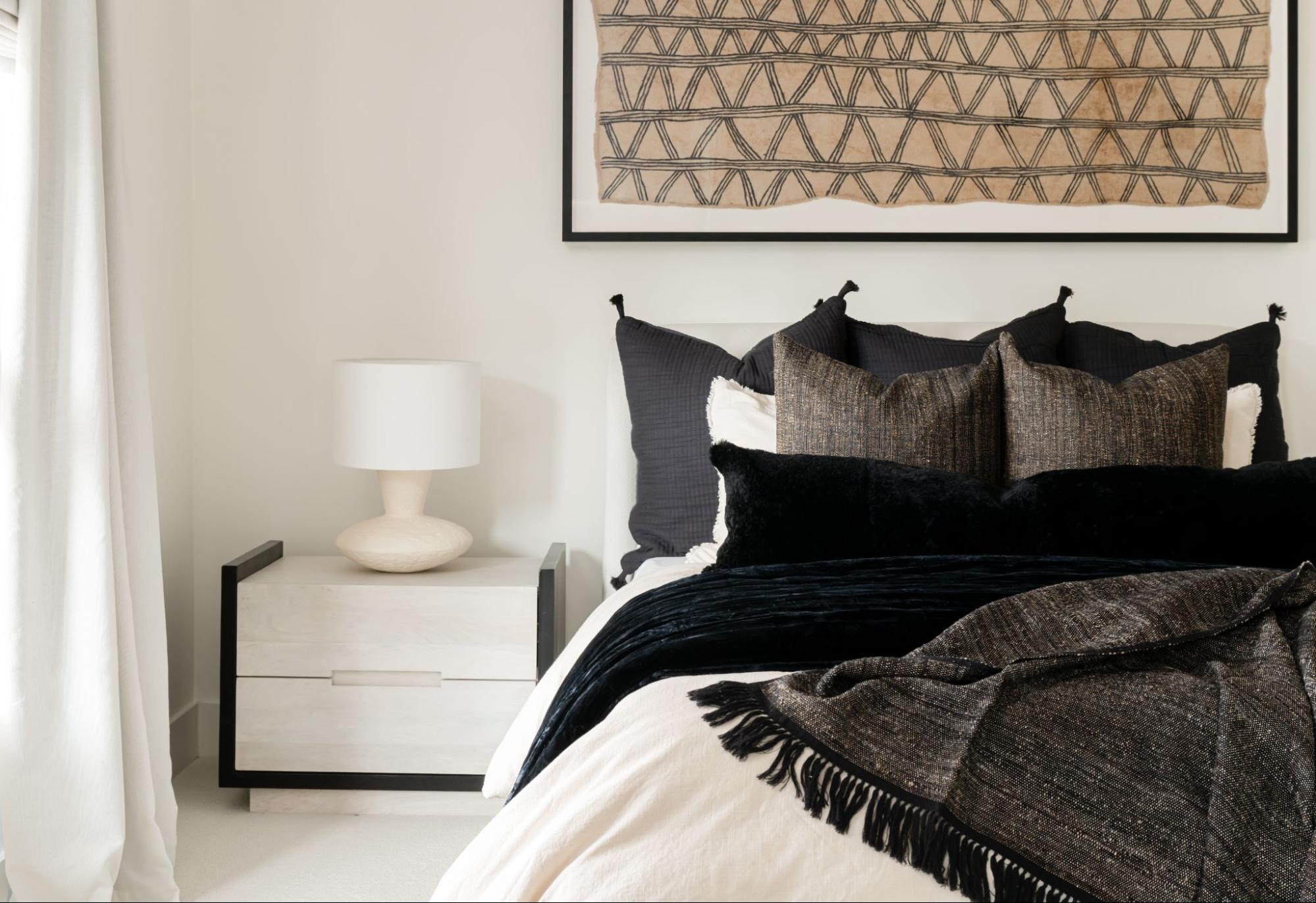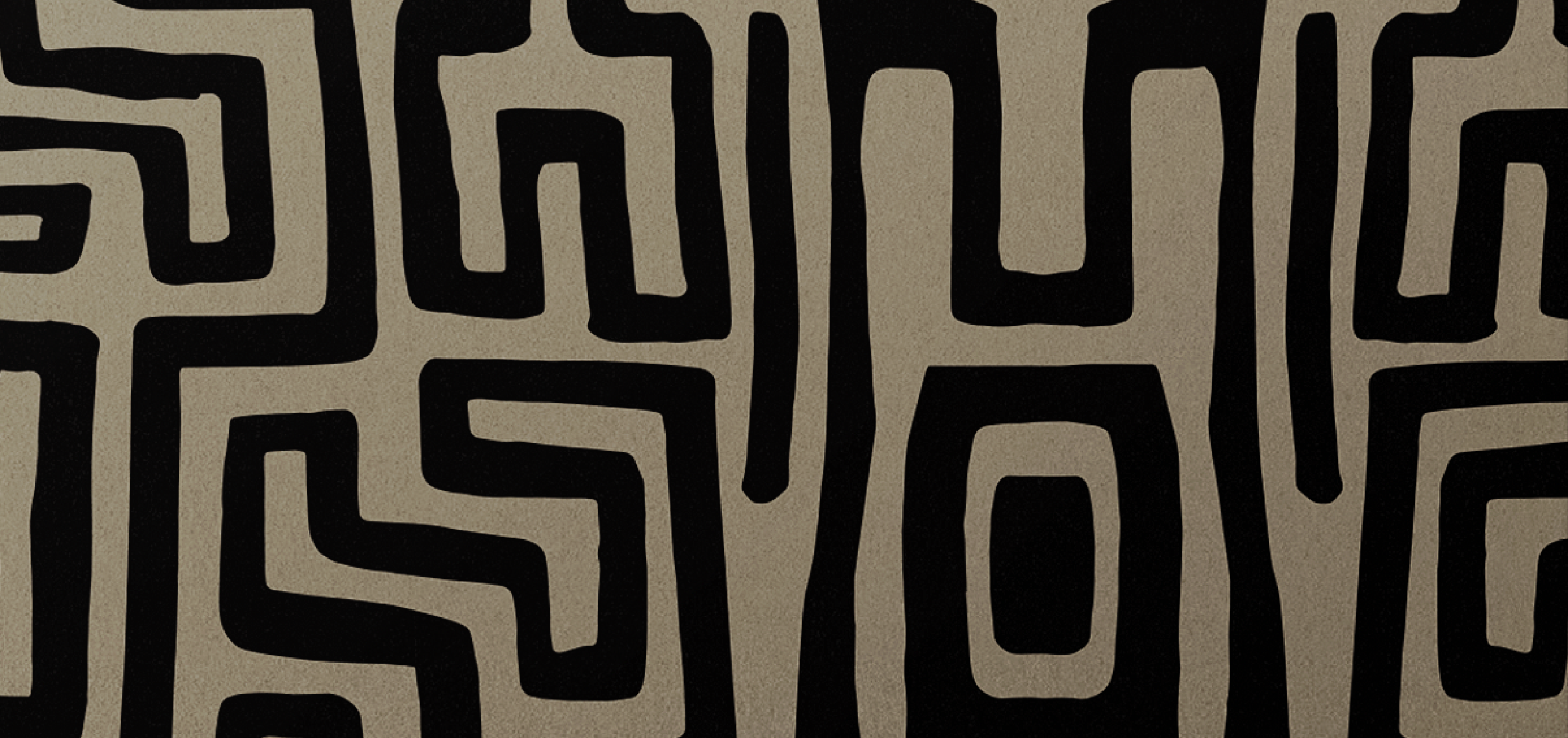
|
When people ask me where to begin with interior design, they expect a product list.Maybe a mood board.
But the truth is — it starts with composition. And the foundation of composition is balance. Not balance as in work-life or ‘feng shui your front door,’ but visual balance. And if you can train your eye to see it, you can transform any space, at any budget. One of the most powerful things I learned in art school was how to balance positive and negative space. In 2D composition classes, we’d sketch entire assignments in black and white, just playing with shape and proportion. Think of a yin-yang symbol — that’s perfect balance. The white is weightless; the black is heavy. You carry that exact principle into home design.
|
|
Say you’re hanging a gallery wall. One side can’t be visually heavier than the other. Or if you have a large, chunky wooden coffee table, it shouldn’t be floating on its own. Maybe it needs a dark-framed lamp on the other side of the room, or a rug that extends its visual weight. It’s about *distribution.* Your brain registers imbalance before your eyes do. And when it’s right, you just *feel* it — even if you can’t explain why. |
 |
 |

|
It’s the same with color, material, and form. If I use boucle on one side of a room, I echo that texture or tone elsewhere. If I bring in a light oak piece, I make sure it doesn’t feel like an orphan. Wood tones, metals, colors — they all need friends. You want to carry the eye through a space with intention. You want the room to *flow*. Balance is your North Star. Whether you're layering textiles, picking throw pillows, or laying out furniture — you're just finding a way to even the visual scales. Master that, and everything else gets easier. |
 |
 |






